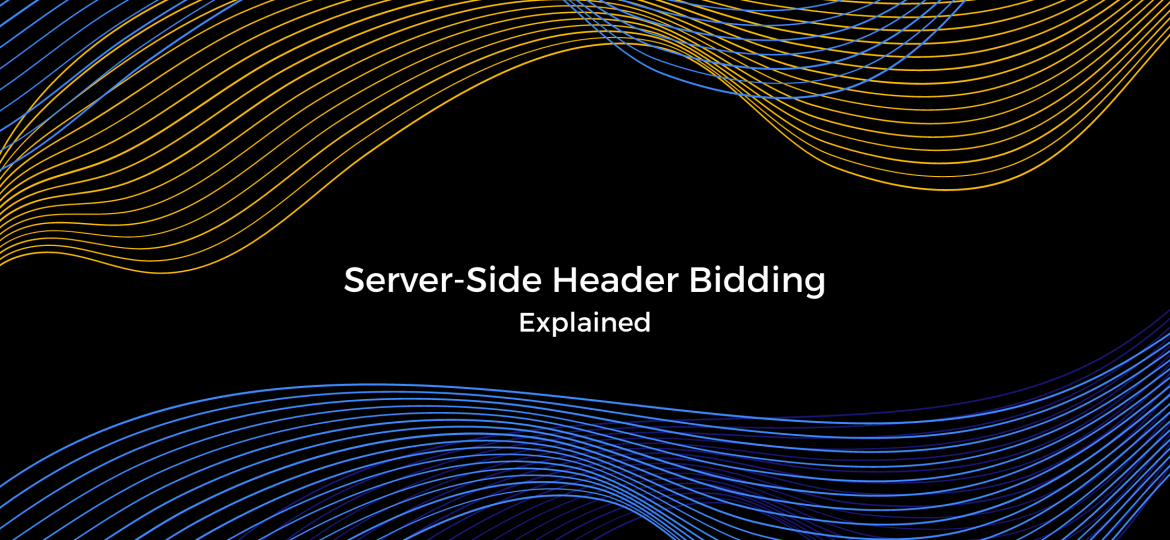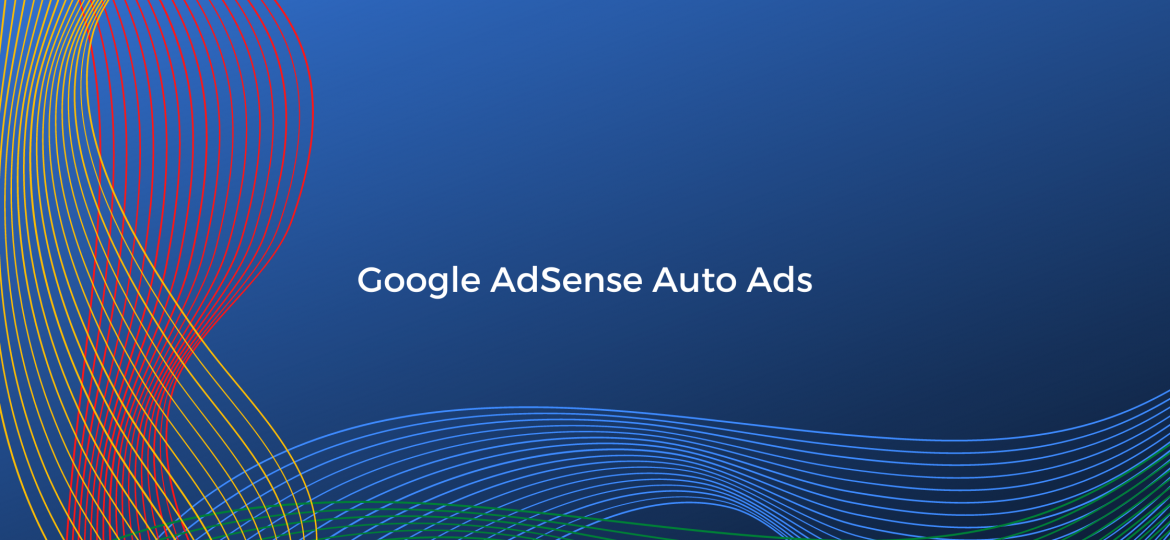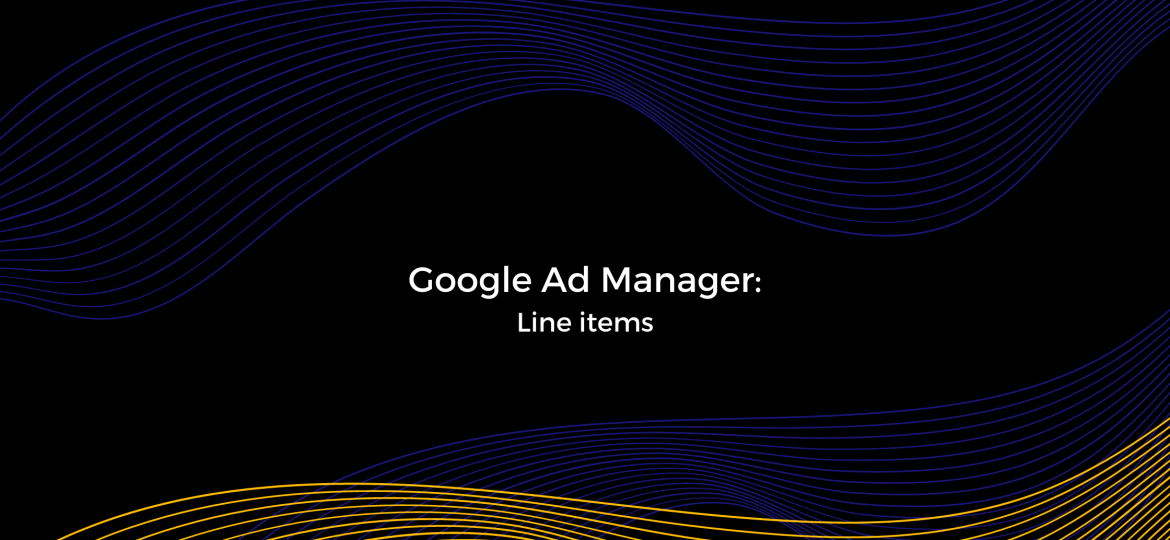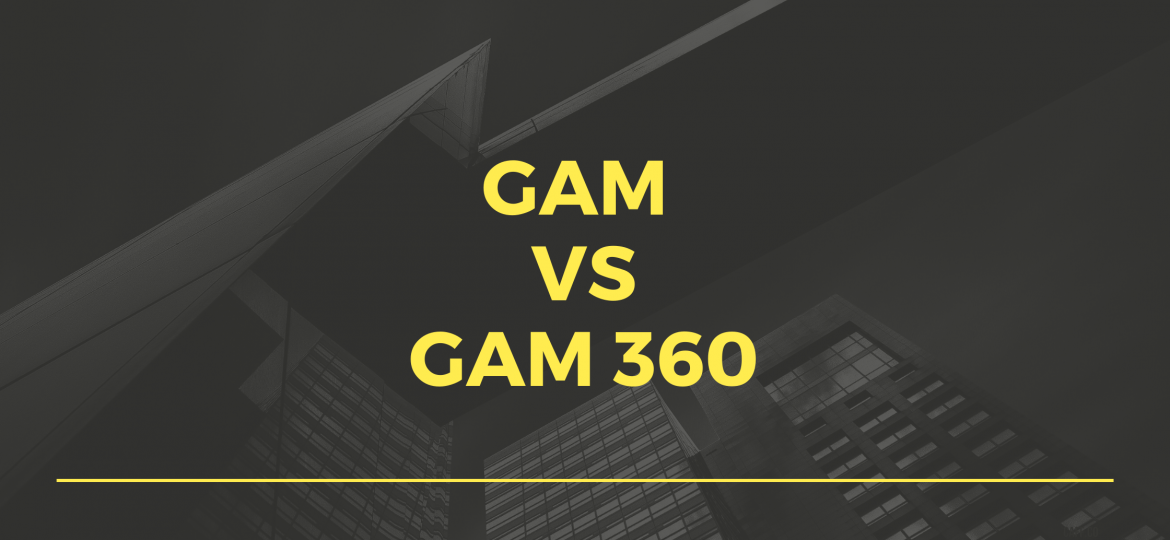Header bidding has been around for several years already and quickly became a hot topic for publishers, advertisers, and all people ad tech. Today, it is well adopted by the industry, promising fast and fair competition and higher returns. The beginning, however, wasn’t one without flaws, and the technology is still developing. For example, in the early days of header bidding, publishers had to put numerous tags in their headers in order to increase demand, which in turn, led to latency issues. A fix for this issue was quickly discovered with header bidding wrappers. Over time, further innovation brought the trading process to the server itself, whereas in the beginning, it was an in-browser solution only (known as client-side header bidding). In this article, we’ll dig deeper into server-side header bidding, its advantages, and disadvantages. What is Server-Side Header Bidding? Also known as server-to-server header bidding, or S2S, server-side header bidding is the latest development in header bidding, which allows the auction to happen at the server, instead of the browser, thus minimizing latency and allowing for increased demand partner capacity. To better understand the differences between browser- and server-side header bidding, let’s first take a quick look at the browser(client)-side. With this option, advertisers place their bids inside the header of the webpage. A high number of header bidding partners in the auction can mean more delays, thus publishers will often put a cap on demand and end up with somewhat inefficient ad performance. The technology is limited by…
admin
Google AdSense auto ads are designed to be simple to set up and customize. There is no code required to enable auto ads in any AdSense account. Previously, publishers had to insert a code on their websites in order to use Auto ads. Auto ads will now operate with any AdSense ad unit code, so any AdSense publisher can enable auto ads in their accounts without having to update any code to their sites. Your Auto ads settings may be found in AdSense’s new Ads > Overview page. You may now add URLs to the page exclusions list to disable Auto ads on specific pages or sections of your site. In comparison to the originally launched auto ads, Google has now incorporated a preview option to see how the ads will look before they go live. You will be able to delete particular ad placements within the preview. The auto ads will then generate a fresh placement for you to review somewhere else on the page. Auto Ads in details Auto ads is an AdSense feature that employs machine learning to produce ad placements on a website automatically. This implies that publishers only need to include one JavaScript snippet on their websites, and AdSense will handle everything else, such as evaluating web pages, locating viable ad placements, displaying advertising, and guaranteeing a positive user experience. You don’t have to delete your existing ad layout in order to run Auto ads. AdSense detects the existing ad units before generating auto ad…
If you’ve ever used Google Ad Manager (GAM), you’ve probably heard the term “line item.” But do you actually grasp what line items are used for? Do you know which type to choose when creating a campaign? This post will assist you with both. What is a Line Item? First things first – let’s look at the definition. According to Google, “Line items contain information about how specific ad creatives are intended to serve to your website or app along with pricing and other delivery details.” Simply put, a line item represents the advertiser’s commitment to buy a number of impressions or clicks on specific dates at a defined price. It holds information about the requirements for an ad to be selected in order to be displayed. Specifically, when creating a new line item, you get to define the ad units where the ad may show, the volume of impressions/clicks for the ad, start and end times for the campaign, the cost of the campaign, targeting criteria for the user who will see the ad, etc. A line item is always linked to a single order in Google Ad Manager, while orders can have more than one line item. Line Items Types When creating a line item, you get to select its type and priority. Different types correspond to a different priorities. Within Google Ad Manager you will see a number after each type of line item. The lower the number, the higher the priority. Sponsorship (4) Standard: low priority…
Header bidding became one of the hottest buzzwords in ad tech to overthrow the now obsolete and inefficient waterfall model. With its adoption rate rising every year since 2014, header bidding wrappers offer publishers a way to request real-time bids from multiple demand partners, querying every piece of available inventory using the code placed at the website’s header. In addition, header bidding ensures that your ad inventory is sold for a fair value, increases overall CPM, has excellent flexibility, and comes in many sizes and shapes, with options to fit any ad ops team. so What is header bidding wrapper? A header bidding wrapper is a javascript code that stays on the publisher’s webpage, making requests to the demand partners and finding bids for them. It can manage multiple demand partners while defining rules, for instance, the number of bidders participating and how long the auction waits for bids. A bid wrapper will guarantee that every demand partner has their bid request triggering at the same time. Furthermore, wrappers come with a timeout setting, defining how long the browser should wait before closing an ongoing auction. It’s also capable of dropping partners as necessary during the bidding process. Lastly, it comes with a set of analytics tools, helping identify the most efficient methods, warning if a demand resource isn’t winning impressions to remove those subsequently. How Does Header Bidding Wrappers work? Publishers can quickly add or remove partners on-demand with a wrapper instead of managing and adding code for each…
Bid shading is a method used by buyers in first-price auctions to avoid overspending, and its importance has grown as every major exchange has transitioned to a first-price auction. Simply explained, it is a campaign feature that can help advertisers save money. Here’s an explanation of what it means and how it works. Bid shading defined There are two types of auctions in programmatic advertising: first-price and second-price. The highest bidder determines how much an impression is sold for in a first-price auction. The sale price of an impression is determined by the second-highest bidder in a second-price auction. Bid shading has emerged as a middle ground between the two. So, based on an estimate performed by the ad tech partner, the buyer will pay somewhere between the second-price and first-price value. How it works Because of the shift toward first-price auctions, the technology is mostly accessible as a free service on supply-side platforms and is becoming a feature increasingly used in DSPs. The vendor will study bid-history data, such as what bid rates normally win on a specific website or in a specific ad location, or at what price bids are lost, to determine what a bid should be that is midway between the first and second offers. Bid shading was created as a way to please buyers who were unhappy with having to pay far higher prices than they were used to when first-price auctions became popular. However, it is not particularly transparent, so buyers must rely on…
Google announced they will be retiring their Scaled Partner Management (SPM) program in July 2021. Its replacement, called Multiple Customer Management (MCM), is already undergoing beta testing and will be released to eligible partners using Google Ad Manager 360 by the end of June this year. While this upcoming change has caught some networks off guard, it’s broadly considered to be a positive one. The imminent transition to MCM mostly affects channel partners and agencies, however, there are several implications for publishers as well, especially ones that don’t have direct access to Google Ad Exchange. To shed some light on what’s to come, we’re going to explain everything you need to know as a publisher about the new program. What is SPM? It’s no secret that Google Ad Exchange is the most prevalent source of ad revenue for publishers, but not everyone can simply open an account. There’s a multi-step application process including a minimum traffic requirement, which can be challenging to match. Despite there being no official threshold statement, it’s safe to say that publishers with less than 5 million pageviews per month have slim chances of getting on board. So far Scaled Partner Management has been the only way for smaller publishers to access Google Ad Exchange without meeting the minimum traffic criteria. Media owners could join a larger entity as a ‘child publisher’ and have their inventory monetized through an already established account. Furthermore, this allowed for companies to provide ad revenue optimization and management services to…
Google Ad Manager (formerly known as DoubleClick For Publisher) is unquestionably the world’s most popular ad management platform that enables publishers to sell and manage ad inventory. There are two types of Google Ad Manager (GAM) accounts available on the market: Ad Manager – previously known as DFP Small Businesses (the free version) and Ad Manager 360. (the paid version). In this piece, we’ll highlight the primary differences between the Google Ad Manager and Google Ad Manager 360, both their main features and the prerequisites for publishers to be able to use them. Google Ad Manager (GAM) Google Ad Manager (previously known as DFP or DoubleClick for Publishers) is a free ad management software with no minimum ad impressions restriction that is commonly used by small to medium-sized Publishers.If you are situated in the United States or Canada, you can serve up to 90 million impressions per month to non-video ad units in GAM. The monthly free impressions limit varies by geography, and the full list may be seen here. Features GAM gives you access to a good range of features, such as: A comprehensive solution for managing your ads for a multi-screen audience. API accessibility, Access to a limited number of reports, such as active view impressions, history, reach, and standard or extensive delivery. Management of line items, Ad Unit Hierarchy: Up to Level 2 i.e. Parent and Child, Ad Formats: Native Ads, Responsive Ads, Video Ads, Key-values for custom dimensions (note the limit is 5,000). What is Google…
Today’s world is defined by speed, many innovations were born from the challenge of getting something done quicker. We want to reduce our commute to work, we want our internet to be as fast as possible, we don’t want to wait around connecting to calls and virtual meetings. Page Load Speed is no different. With the complexity of page infrastructure and setup coupled with SEO and monetization, we will help you understand Page Load Speed and what you can do as fast as possible! What is Page Load Speed Page Load Speed is simply how fast content on your web page is able to load. Some people call this your Site Speed. The content that affects page load speed include CSS, HTML, JavaScript, images, caching and any tags present and firing on your web site. Why does Page Load Speed matter? Page Load Speed is a critical factor in the success of an online publishing business. Here are 3 reasons why site speed is so important: User Experience; How many times have you visited a site and been frustrated by how slow it is to load either ads or content? This poor user experience will lead users to not hang around and wait for the site to become usable and they will leave. SEO; Making sure users can find your site is of paramount importance. Operating a website is not a case of ‘If you build it they will come’, optimizing your appearance in search engine results will increase your…
Ad networks and ad exchanges serve similar functions. In general, they both collect free inventory from publishers in one location and sell it to advertisers. Both can be incorporated with demand and supply-side networks, allowing for programmatic ad buying and selling.As a result, it’s difficult to distinguish between certain technology platforms, particularly if you depend on your DSP, who has little to no idea how it buys inventory and where it comes from. The sooner you decode those principles, the greater your chances of quickly optimizing your company and improving your brand. In this article, we’ll look at ad networks vs ad exchanges, by highlighting their main differences, and what role they play in ad monetization. What is an Ad Network? The general definition of an ad network is a media company-aggregator that acquires inventory from various publishers and sells it to advertisers or agencies. It is primarily the display, smartphone, and video inventory.When media purchasing became too difficult in the early 2000s, an advertisement network simplified the market by acting as an intermediary between the buying and selling sides. What is an Ad Exchange? By definition, an advertising exchange is a digital platform supply and demand parties (including publishers, advertisers, ad networks, DSPs, etc.) buy and sell inventory directly, without involving an intermediary. In most cases, ad exchanges run auctions and offer inventory to the highest bidder on an impression-by-impression basis, using real-time bidding technology. To summarize, this type of marketplace arose in response to publishers’ need to sell…
What are Google’s Core Web Vitals? In May 2021, Google announced that they are going to roll out the official ranking factor change – Core Web Vitals. Typically, when Google publishes an update that affects search rankings, it’s all about content. In this case, the update is about a better user experience on your site in terms of speed of loading, reliability, and responsiveness. Today, we’re going to interpret the specifics of Core Web Vitals and help you understand how your search rankings will be affected. The Metrics Explained Core Web Vitals are a set of particular factors that Google deems important in a webpage’s user experience and the metrics will progress over time. So far, Google has defined three main criteria, which publishers and developers need to focus on to improve page experience rankings: largest contentful paint, first input delay, and cumulative layout shift. Largest Contentful Paint (LCP): This represents the time it takes to load the main content of a website in seconds. Focus on making your LCP score of 2.5 seconds or faster. First Input Delay (FID): The emphasis here is on assessing the time it takes for a web page to become interactive. Focus on bringing the FID score down to less than 100 ms. Cumulative Layout Shift (CLS): This explains the impact of unexpected layout changes for visual page content. Focus on bringing the CLS score down to less than 0.1. In summary, Core Web Vitals are a group of variables that will be an…











